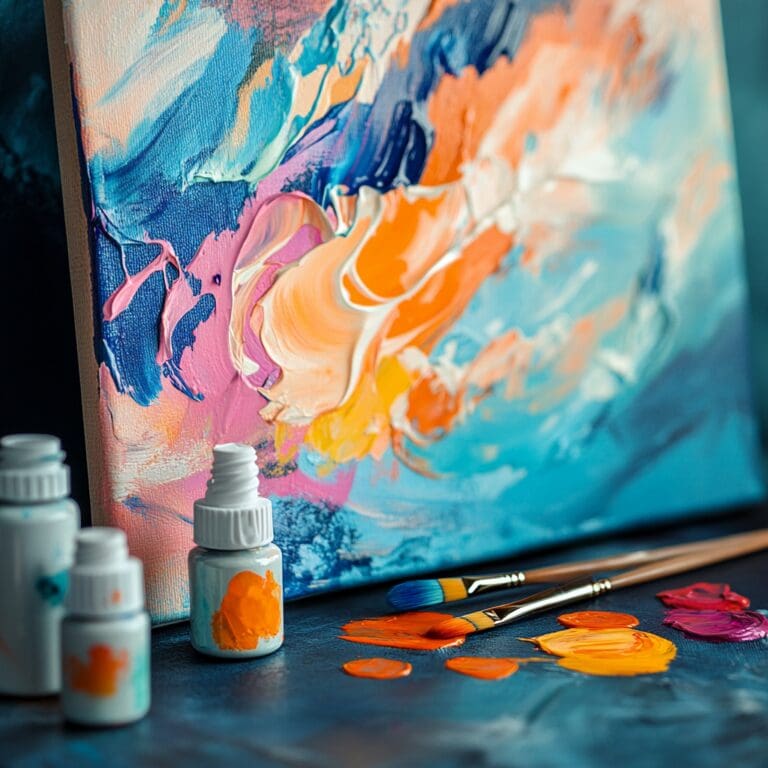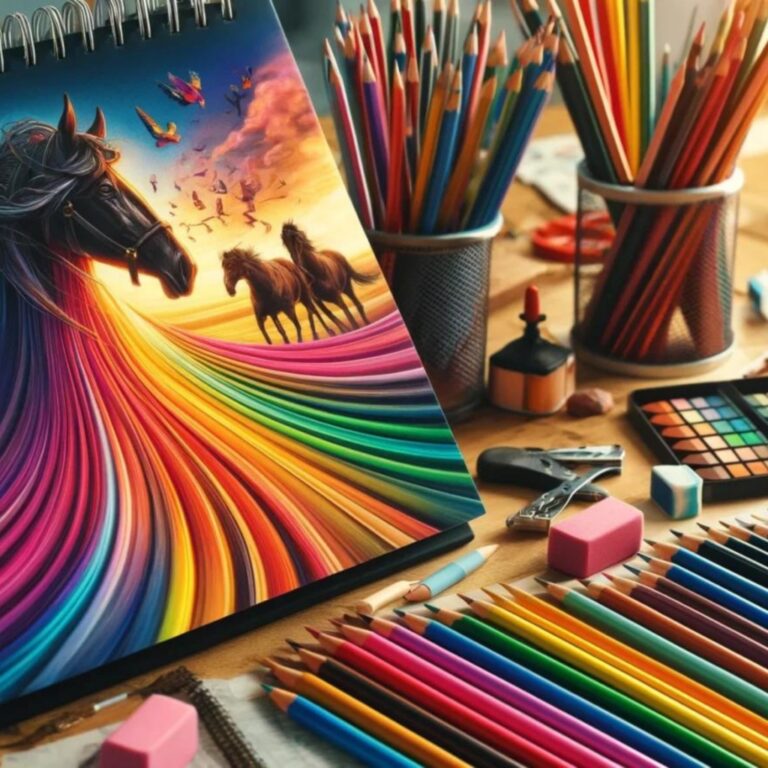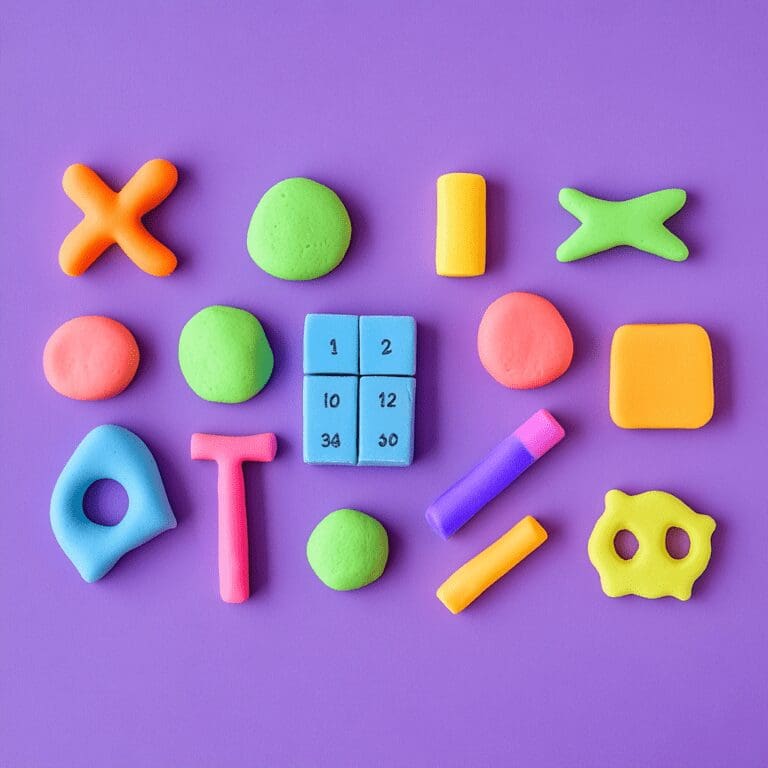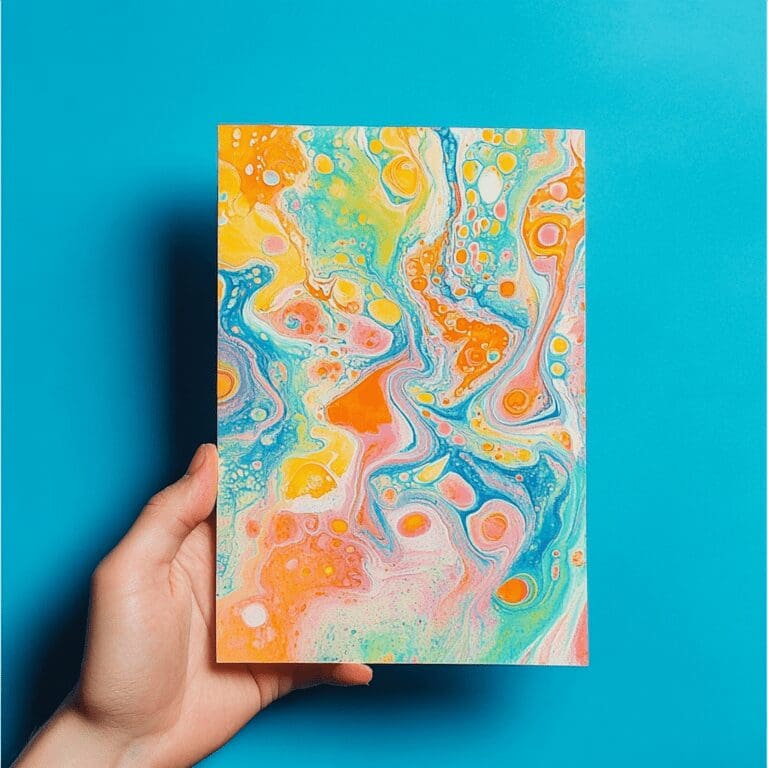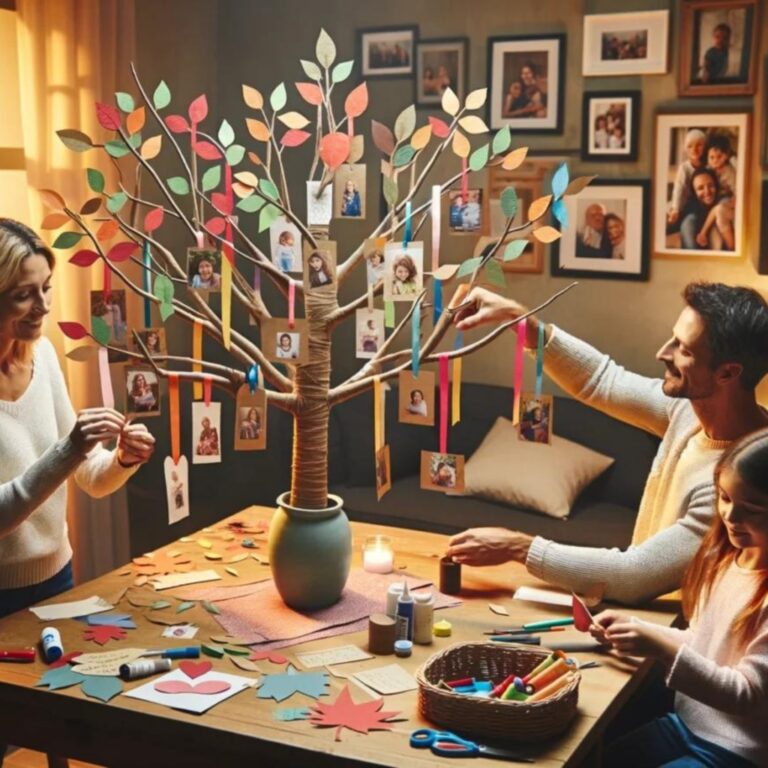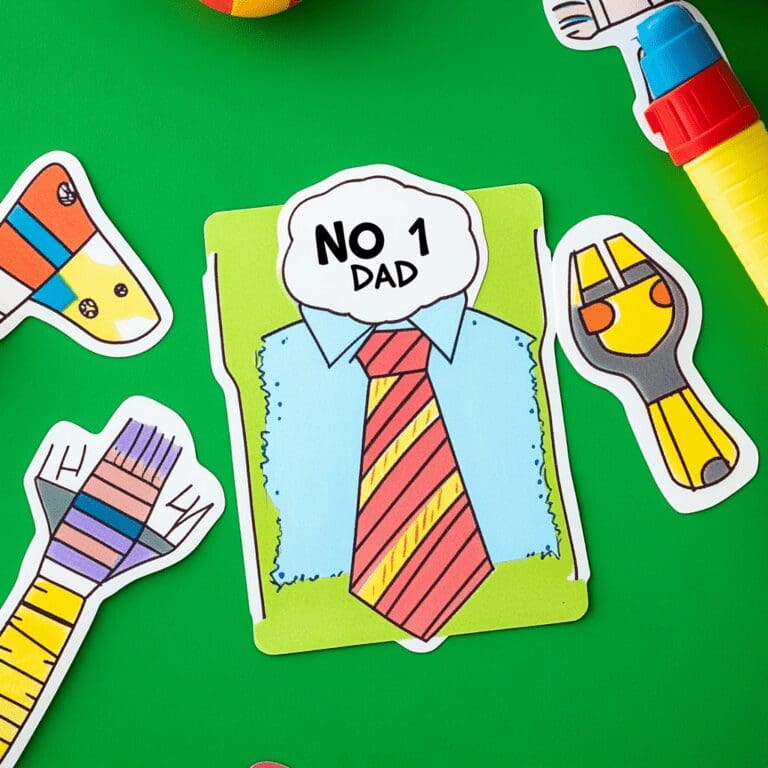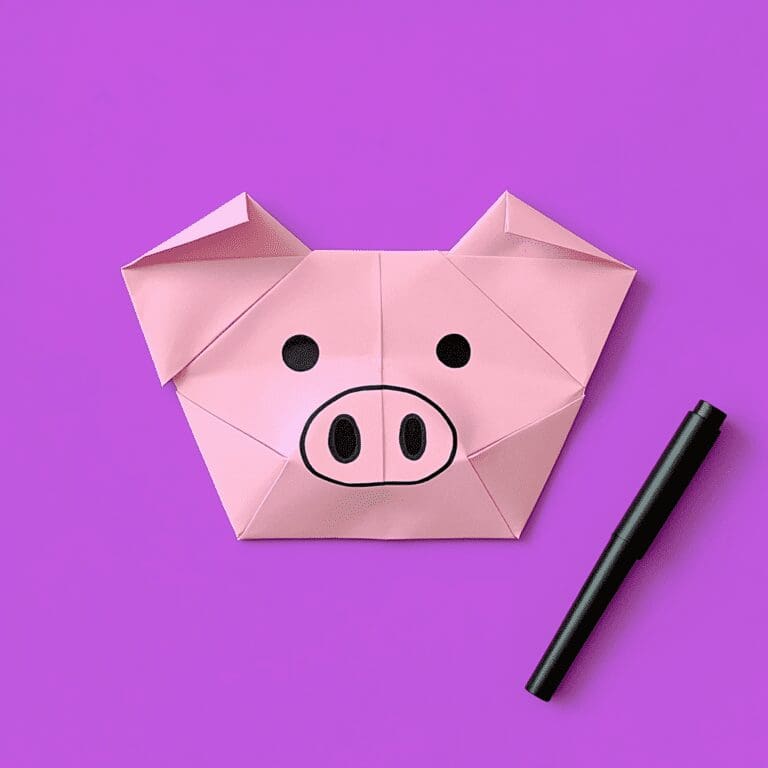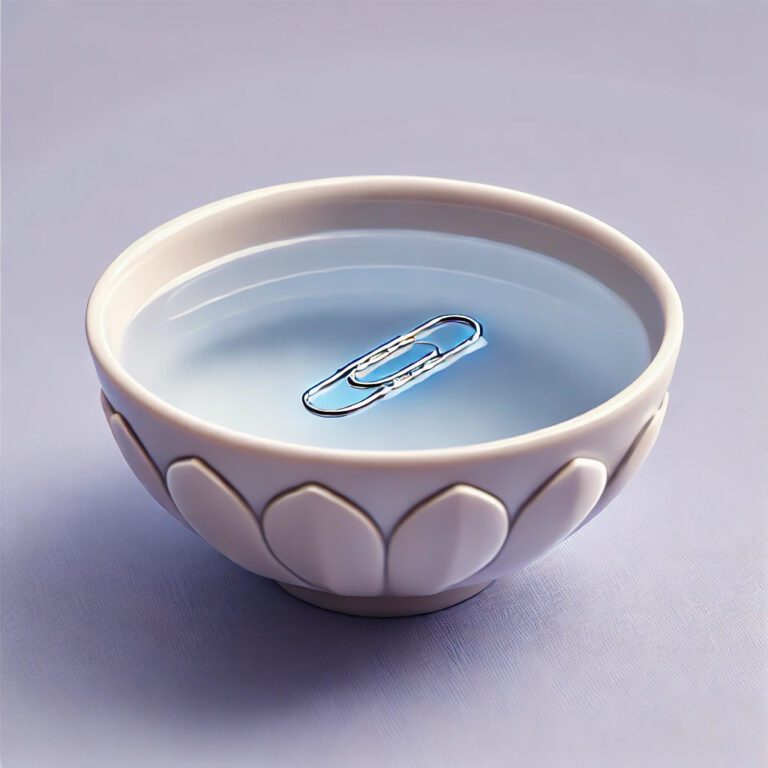Learning how to use oil paint is a fantastic way to explore your artistic abilities and the world of rich, textured, and long-lasting artwork. Oil paint has been used by famous artists for centuries, offering beautiful blending capabilities and vibrant colors that last for years. While oil painting may seem challenging at first, it’s actually quite accessible once you understand the basics.
Oil paint is different from other paints like acrylic or watercolor because it dries much more slowly. This gives you time to work on your painting, blending colors and making adjustments as needed. The versatility of oil paint makes it ideal for creating detailed works of art or experimenting with more abstract techniques. It doesn’t matter if you’re a beginner or someone looking to improve your skills, learning how to use oil paint can be an incredibly rewarding experience.
In this guide, we’ll walk you through everything you need to know about how to use oil paint. From gathering the right supplies to understanding basic oil painting techniques, you’ll be ready to start creating your own masterpieces. Let’s begin with what you’ll need.
What You’ll Need
- Rags or paper towels
- Easel (optional, but helpful)
- Smock or old clothes (oil paint can stain)
Method
1. Set up your workspace with all your supplies organized and ready to go.
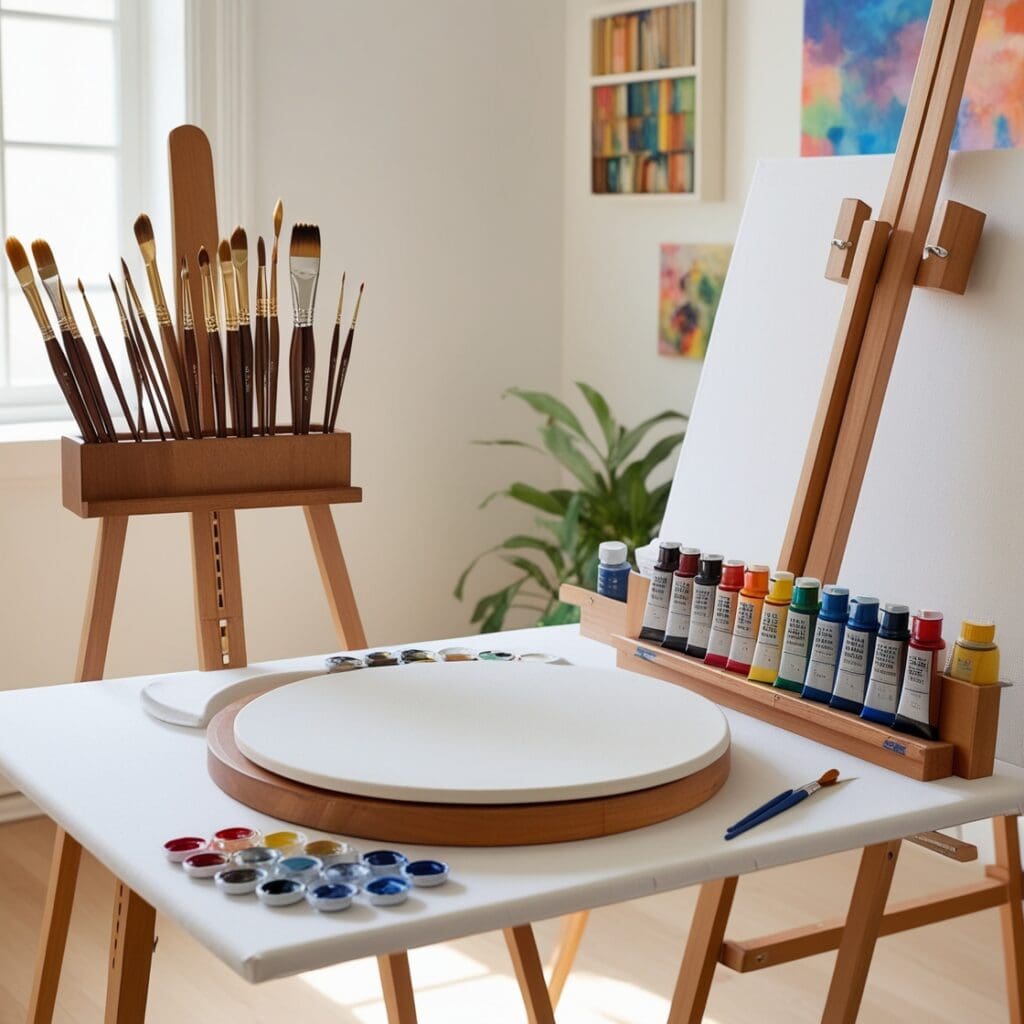
2. Squeeze a small amount of oil paint onto your palette, using a palette knife to mix colors as needed.
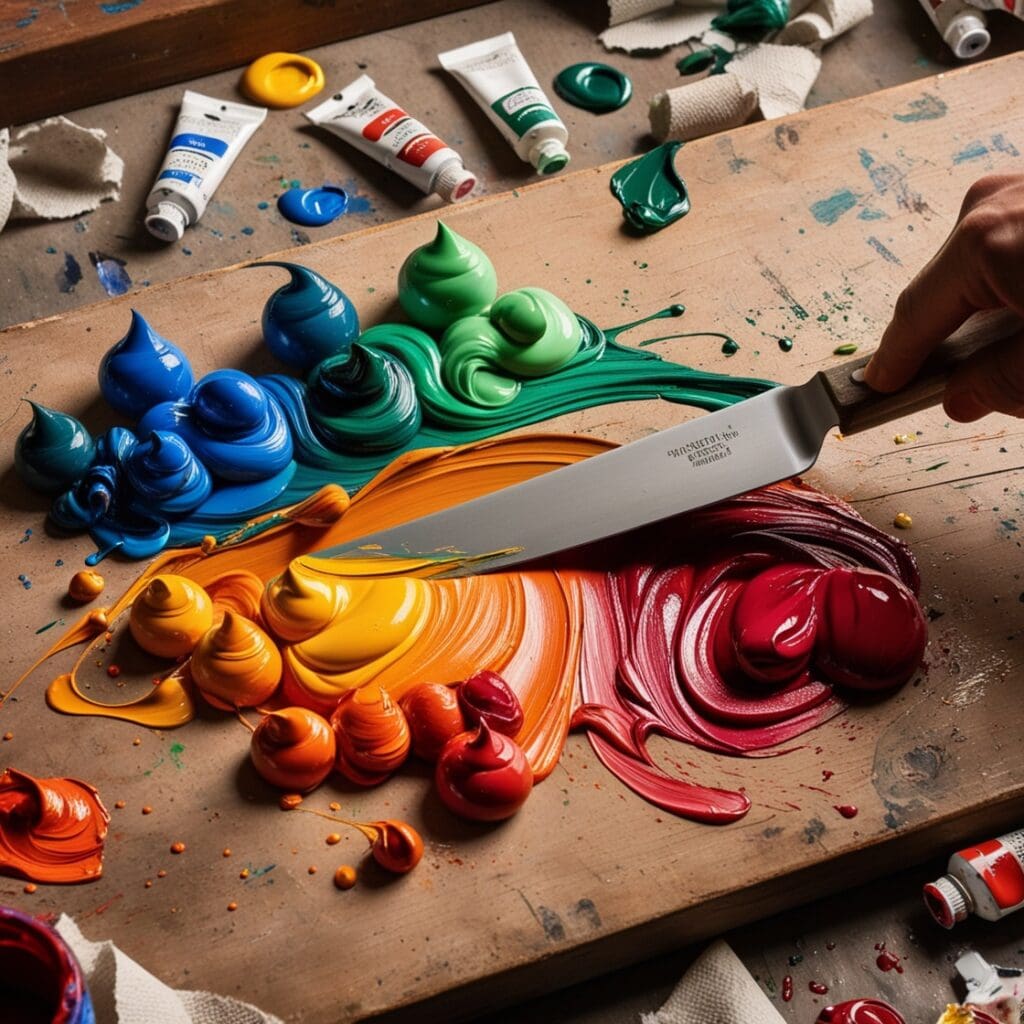
3. Dip your brush into an oil painting medium to thin the paint and make it easier to apply.
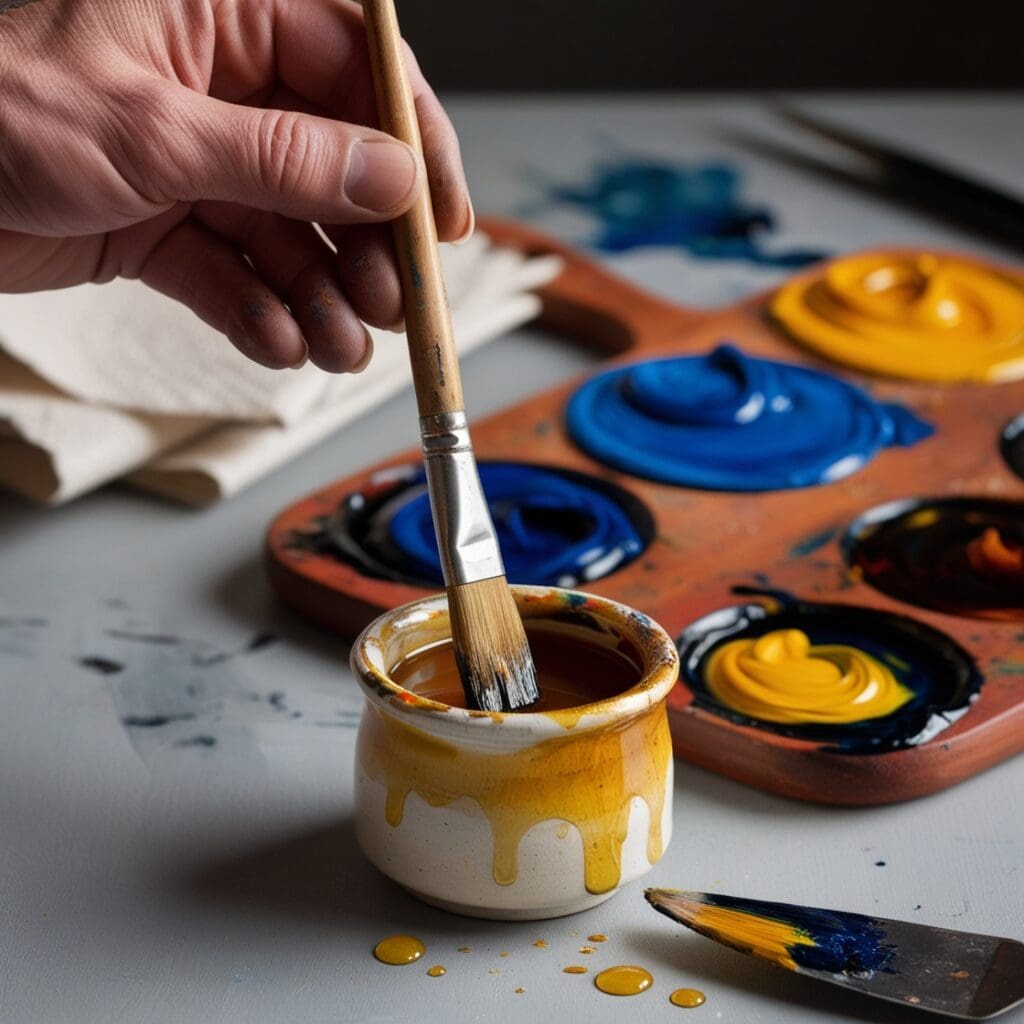
4. Start by painting the larger areas of your composition, working from background to foreground.
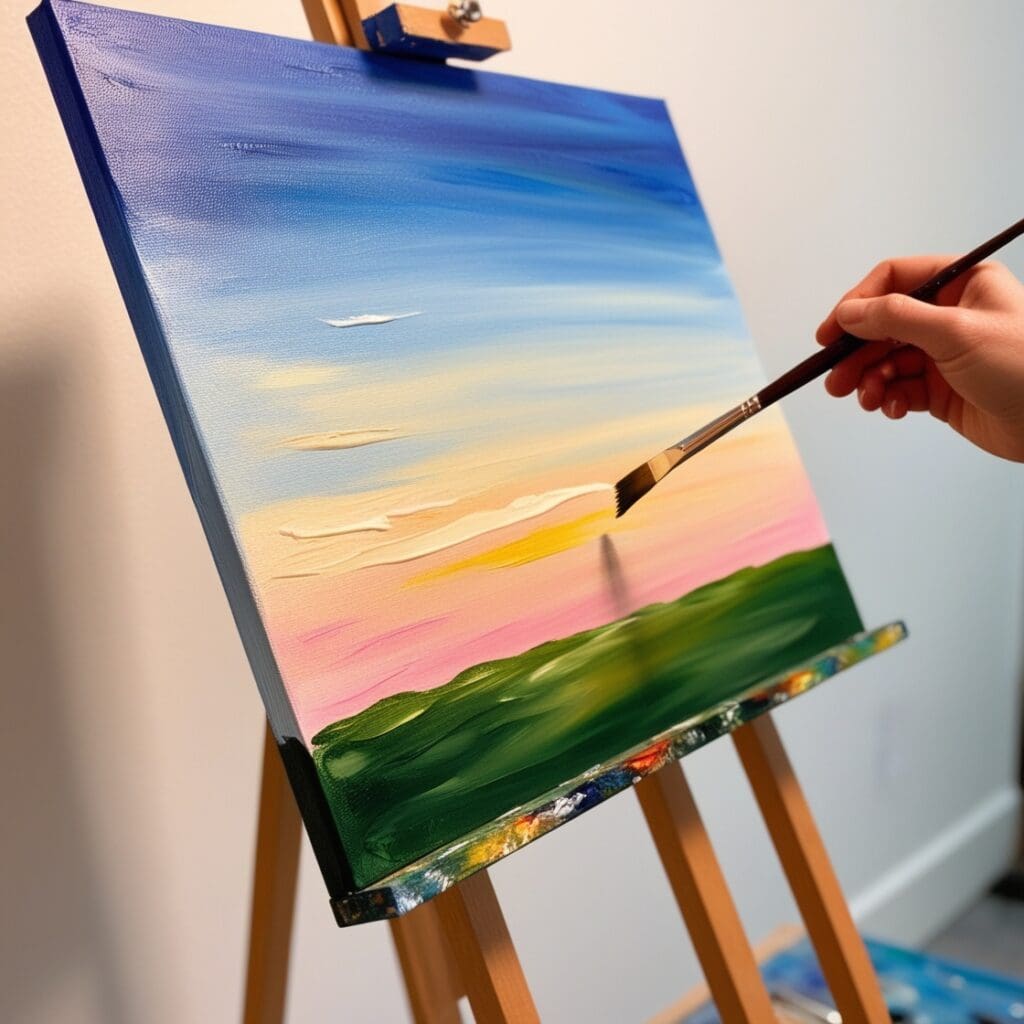
5. Use smaller brushes to add detail once the basic layers are in place.
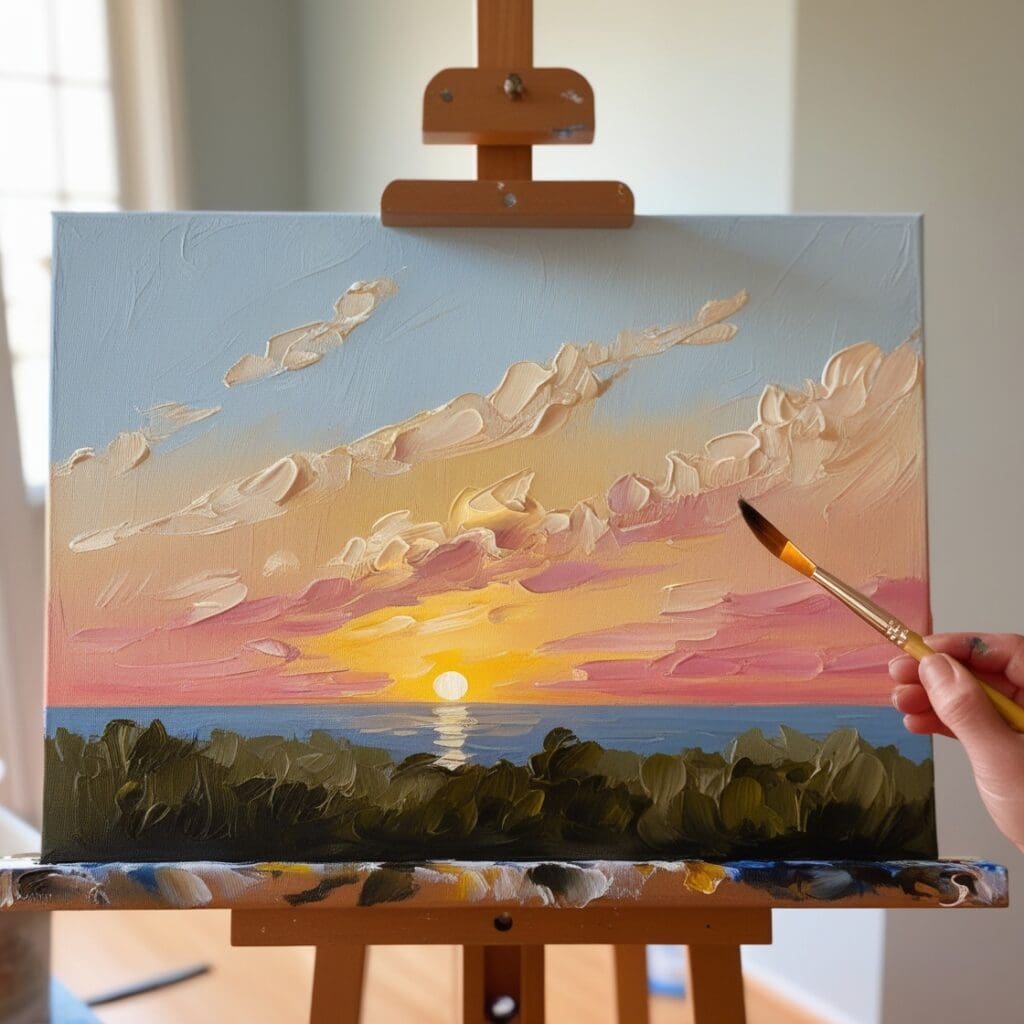
6. Allow the painting to dry slowly, which can take days or even weeks.
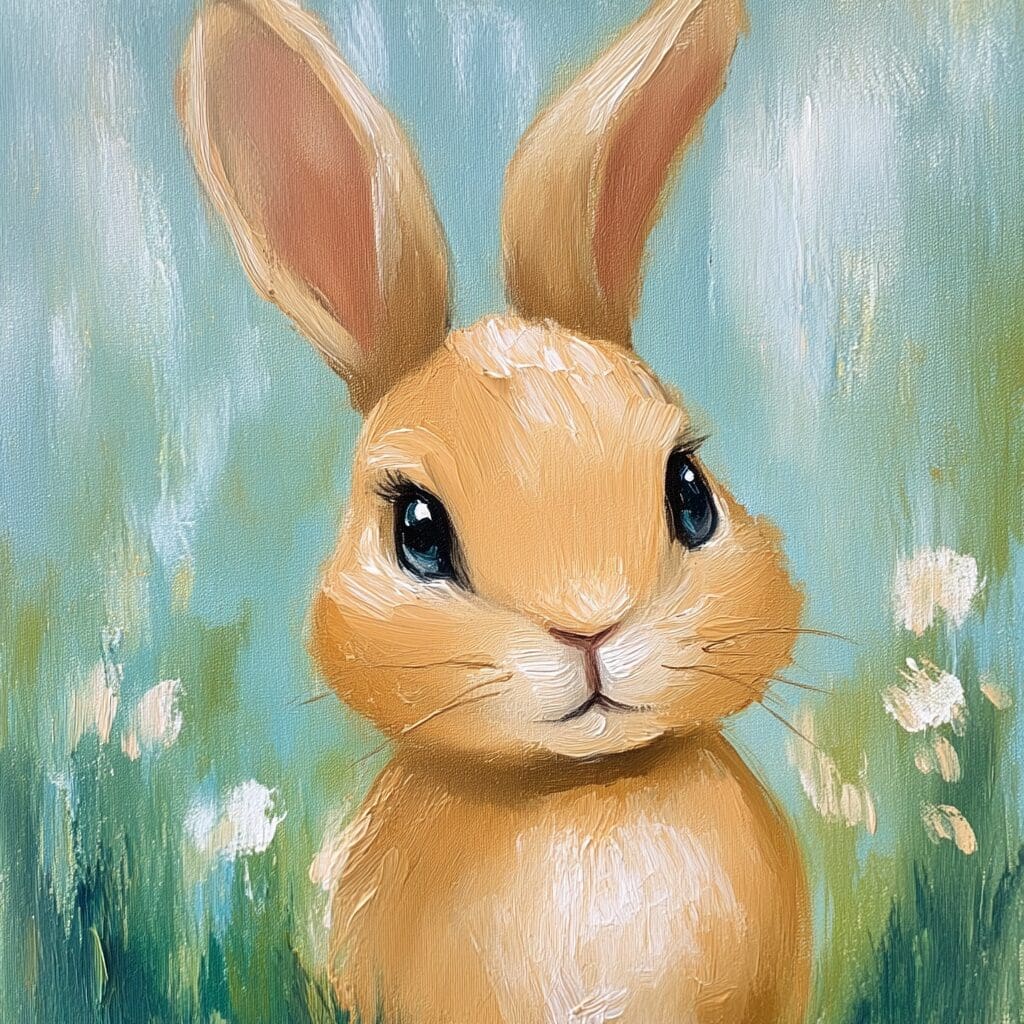
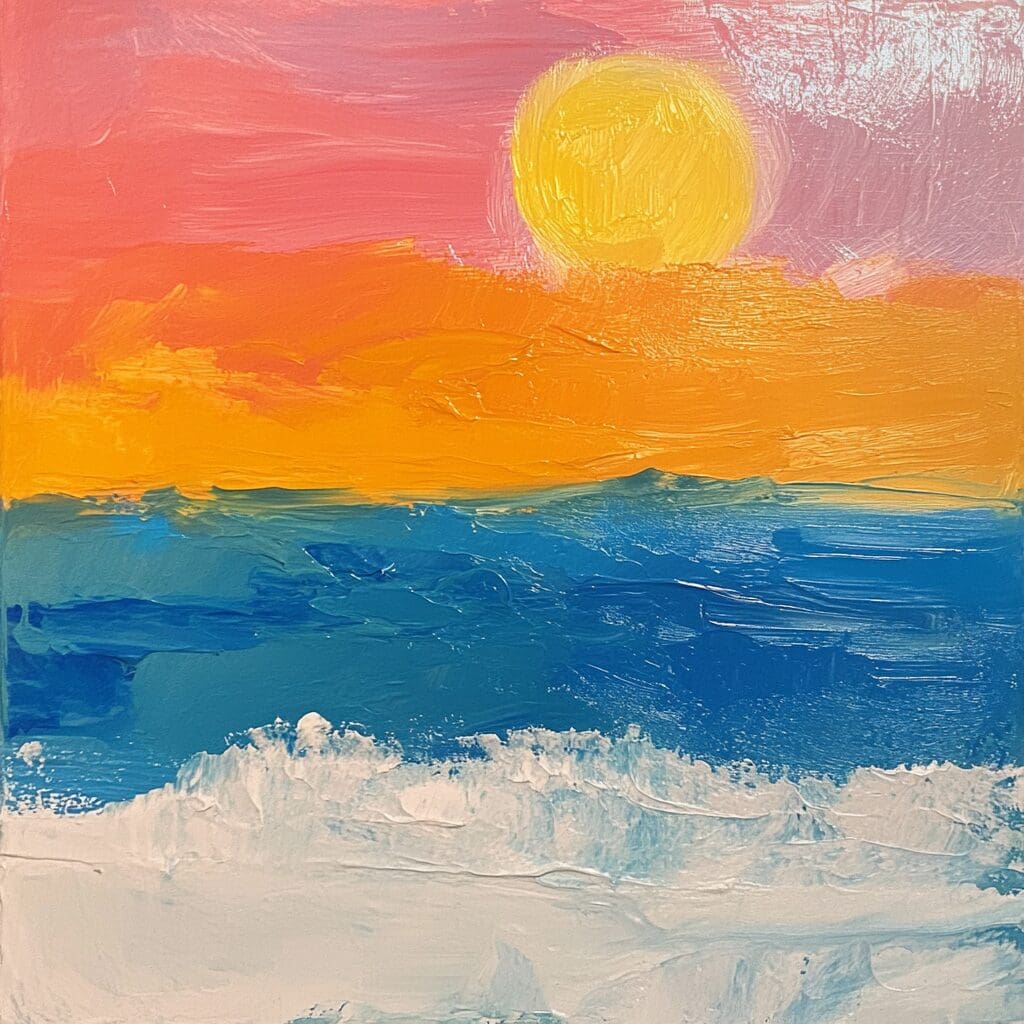
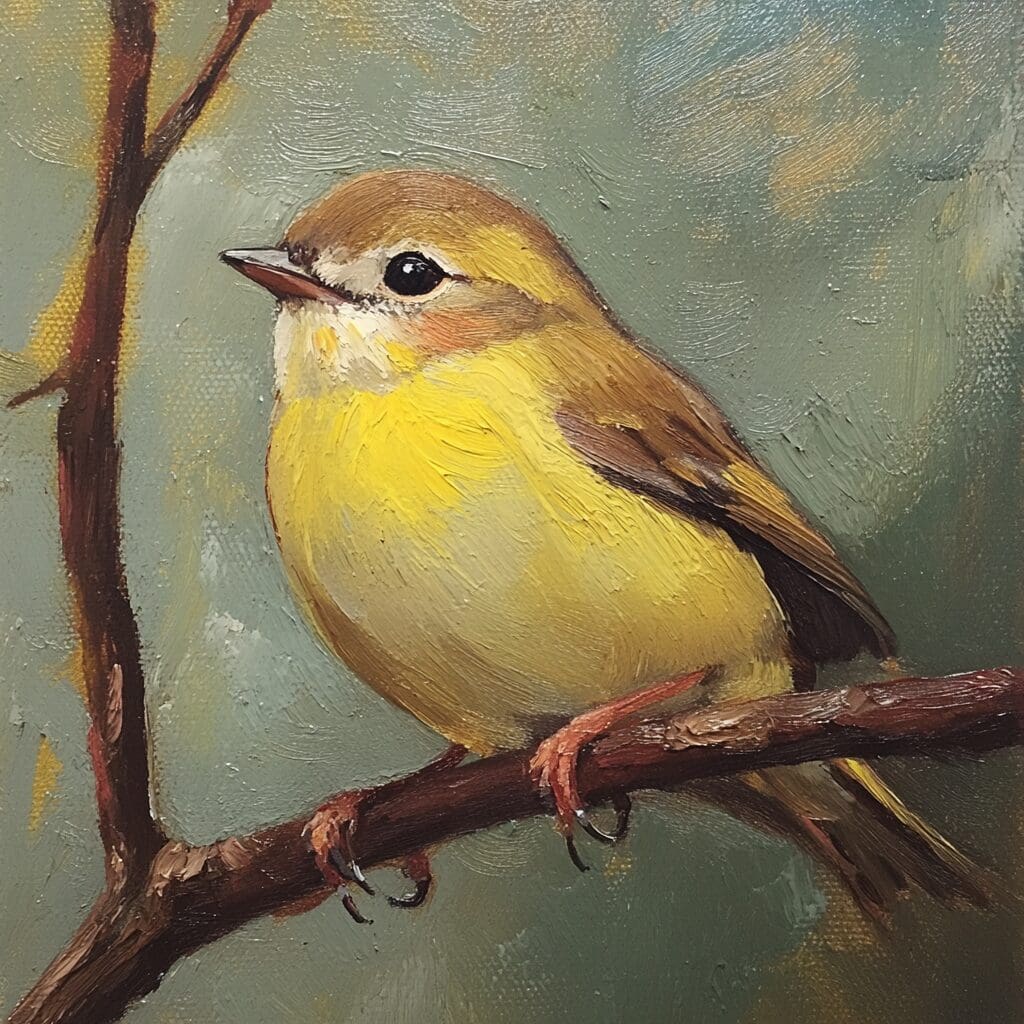
Learning how to use oil paint opens up a world of creative possibilities. From its rich texture to the vibrant colors it provides, oil paint allows artists to experiment with various techniques and achieve stunning effects.
Whether you’re painting landscapes, portraits, or abstract designs, the slow-drying nature of oil paint gives you plenty of time to work and perfect your craft. With practice, you’ll become more comfortable and confident in your abilities, allowing your style to shine through.
While the process of learning how to use oil paint may take some time, the effort is well worth it. Oil paint has a timeless quality that can give your artwork a professional and lasting finish.
Don’t be afraid to experiment with oil painting techniques like glazing, impasto, or underpainting, which can add depth and interest to your work. As you continue to practice, you’ll discover new ways to oil paint that fit your unique artistic vision.
If you’re looking for more creative project ideas, be sure to check out our other guides! Try our articles on flower crafts for kids or steps on how to make bunting for any occasion for more fun and inspiring activities.

